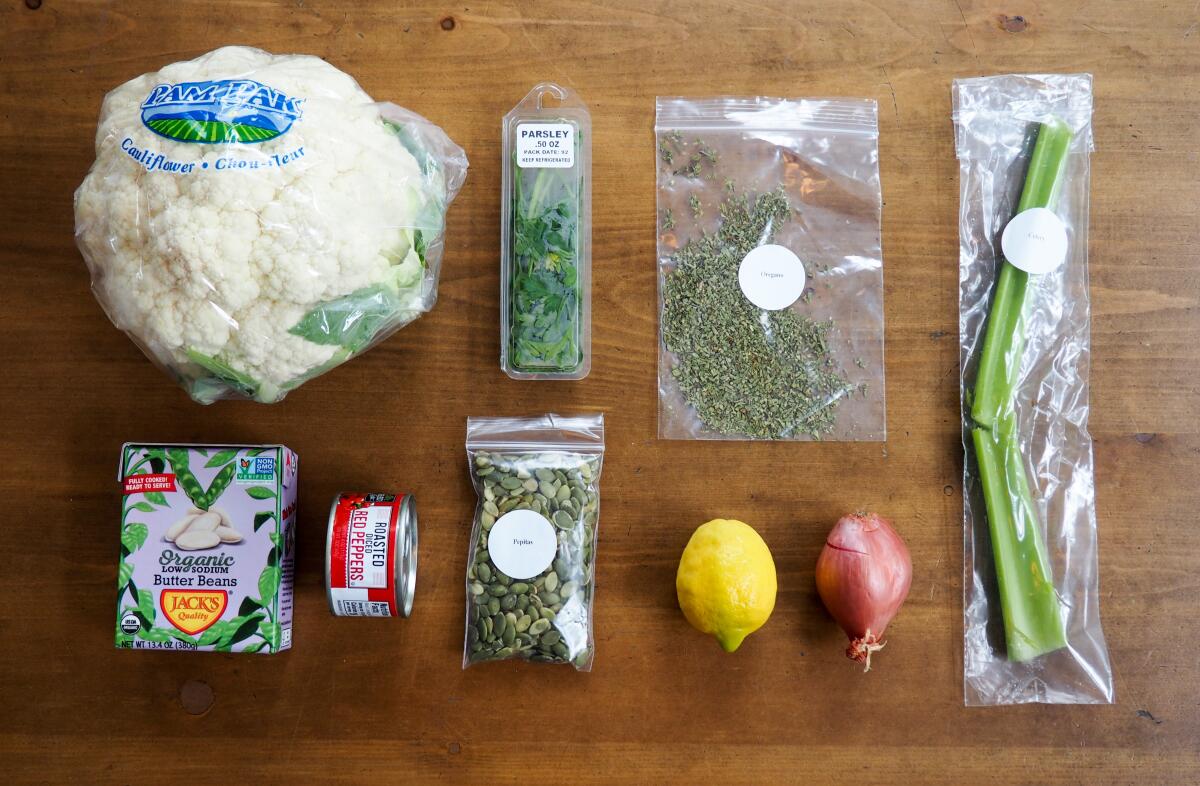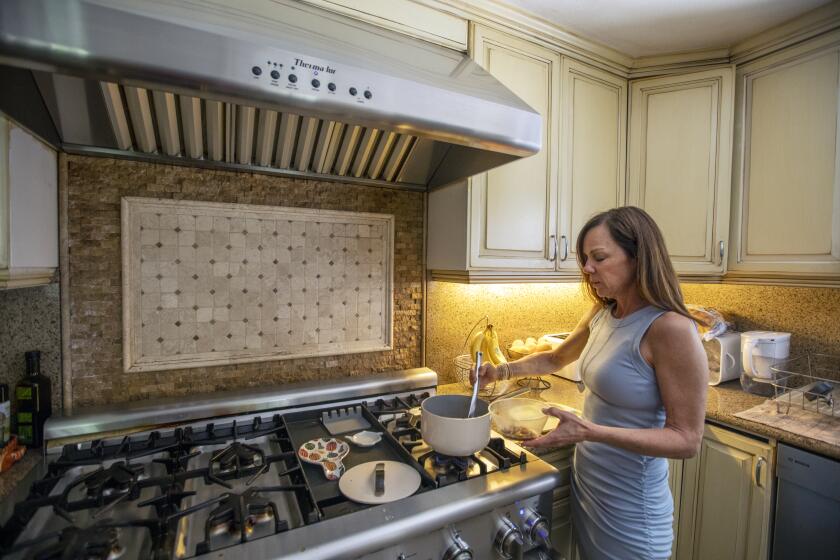How to reduce your risk of foodborne illness from meal kits and meal deliveries

Many online companies that sell meal kits and ready-to-heat meals are not regulated by the Food and Drug Administration.
The products are not inherently unsafe, experts say, but customers should be alert to the risk of foodborne illness when eating perishable foods delivered to their doorsteps.
Here are a few strategies that experts and food safety officials recommend to ensure that meal kit supplies and ready-to-heat meals are safe to eat.
The Daily Harvest outbreak is the first widespread case of foodborne illness to be reported in the $15-billion meal kit industry.
Research before ordering
- Does the company discuss safe food handling and cooking practices?
- Does the company have a way to verify that foods stay cold in transit?
- Does the company provide refunds if perishable food arrives too warm?
Bring the box in right away
- Arrange for the box to be delivered when someone is home.
- If that’s not possible, specify in your order that the box should be left in a cool and shaded location.
Check the box and the food inside
- Inspect the box for signs of damage or tampering.
- Verify that the company used insulated packaging and cold materials, such as dry ice or gel packs, to keep foods cold.
- Check the temperature: Perishable foods such as raw meats, dairy products, cut fruit and vegetables should be colder than 41 degrees.
- Contact the company before eating any foods warmer than that.
Sort and store food immediately
- Look for labels that say “keep frozen” or “keep refrigerated,” and follow those instructions.
- If you won’t use meat within the day or so, freeze it first.
- Do not let perishable food sit out at room temperature.
Practice safe food handling
- Wash your hands before and after handling food.
- Rinse fresh fruits and vegetables under running water.
- Use separate plates, cutting boards and utensils for raw meat, chicken, seafood and eggs.
- Check the internal temperature of meats to ensure they’re safely cooked. That’s 165 degrees for chicken, 155 degrees for ground meat and 145 degrees for seafood.
- Disinfect your cooking implements and countertops with hot soapy water after cooking.
Food safety information comes from the U.S. Department of Agriculture, Food and Drug Administration, Centers for Disease Control and Prevention, and North Carolina State University.
More to Read
Sign up for Essential California
The most important California stories and recommendations in your inbox every morning.
You may occasionally receive promotional content from the Los Angeles Times.












